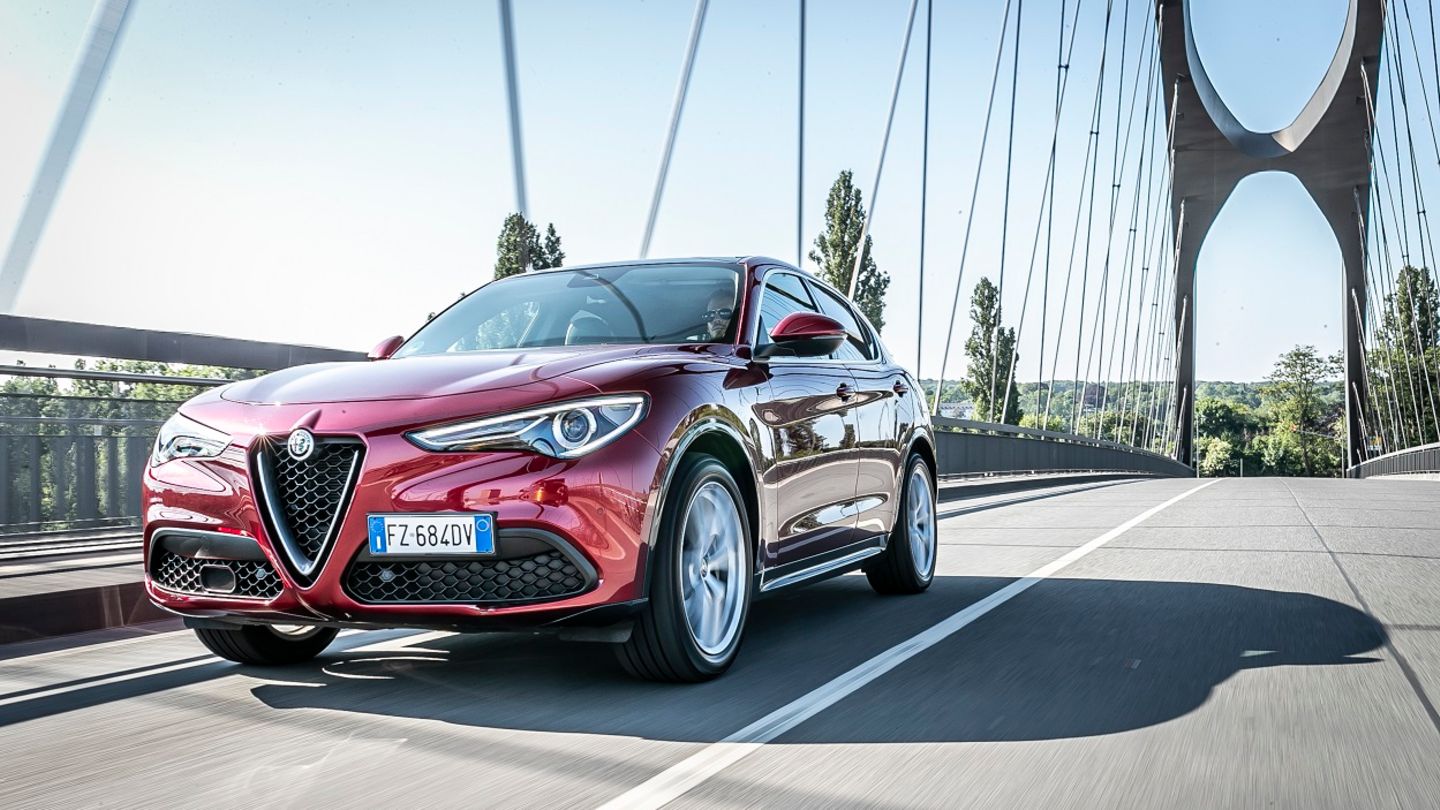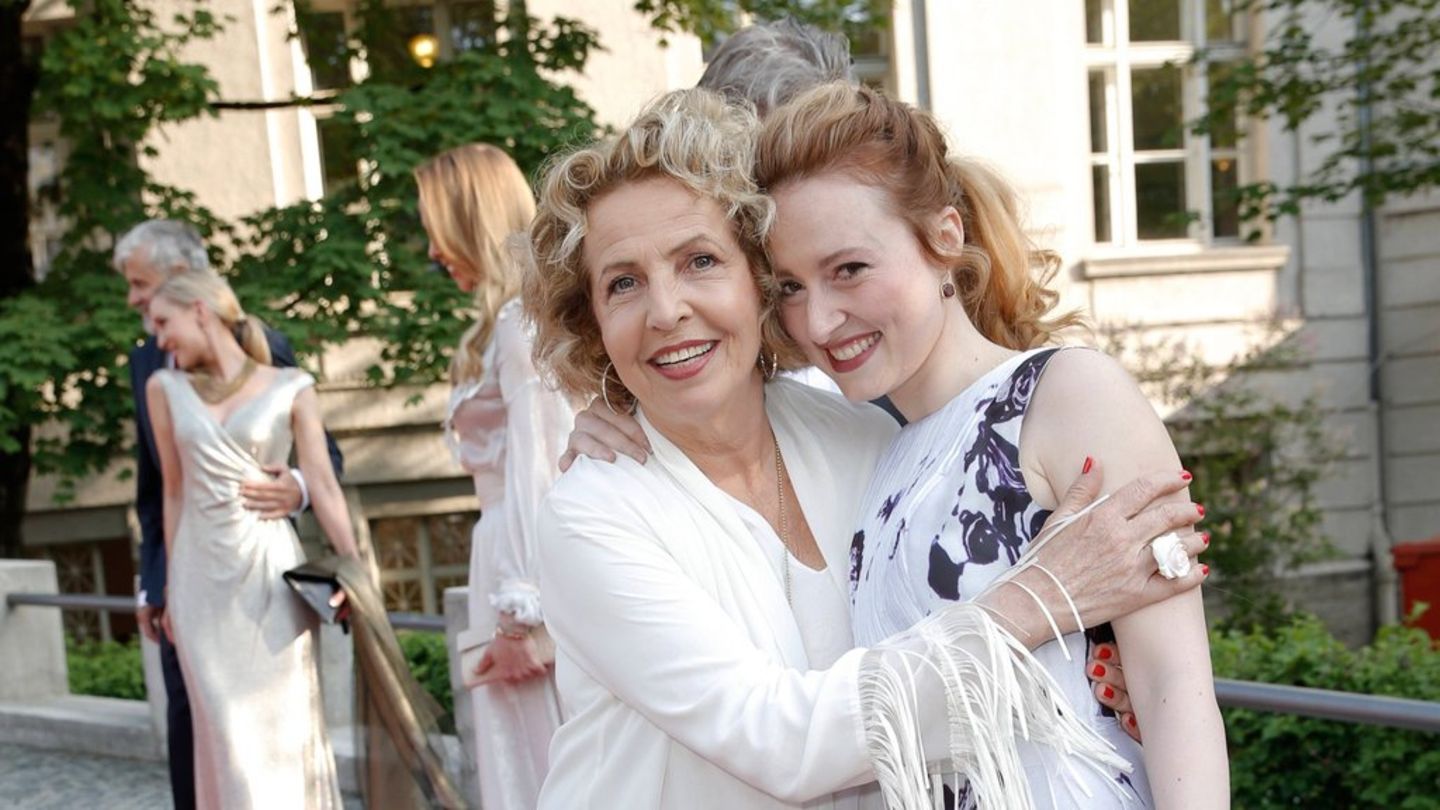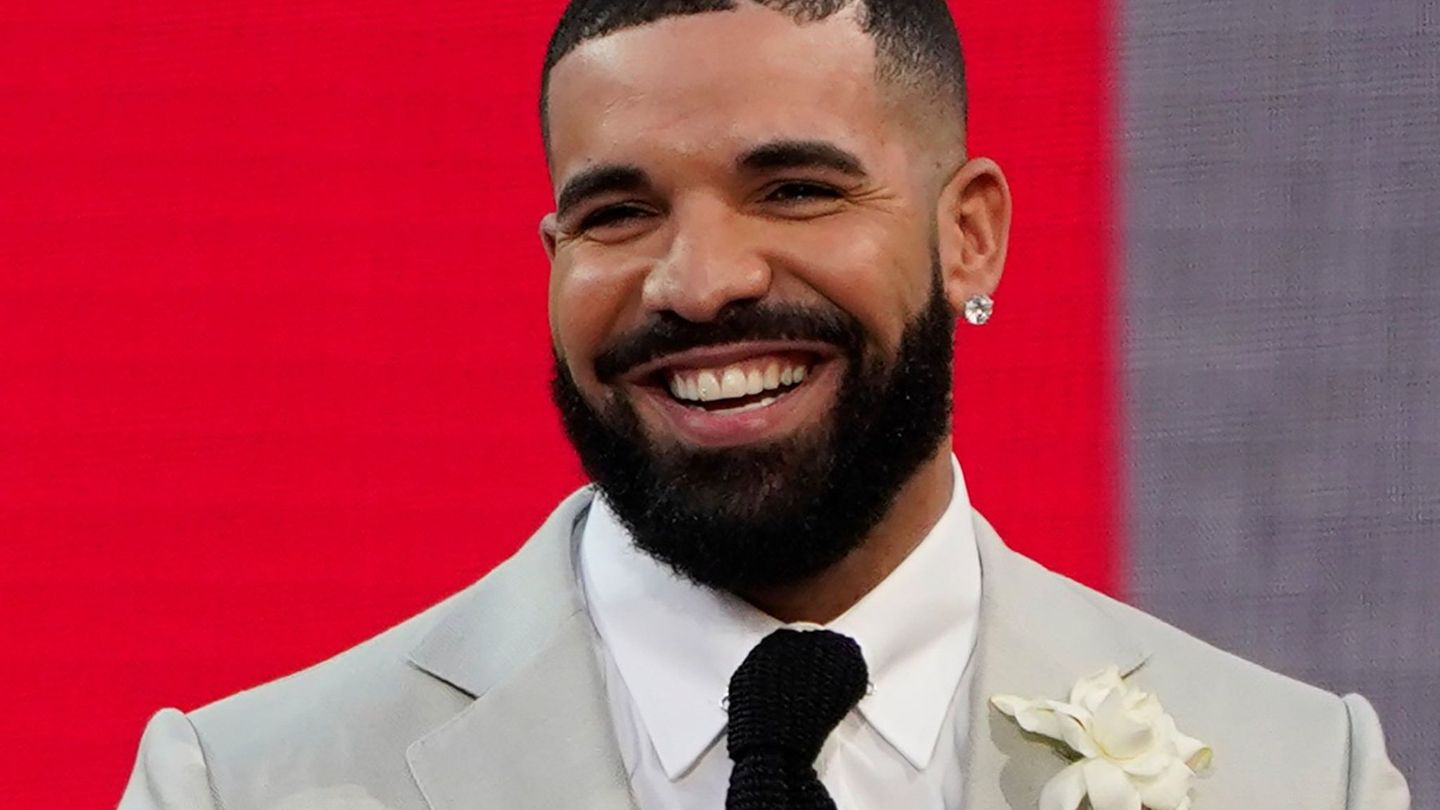“There may be a tourist dollar and another official dollar and that tourist dollar will begin to absorb more and more operations,” estimated the former Secretary of Finance and director of the consulting firm Econviews, Miguel Kiguel, in a talk with investors organized by the MegaQM fund.
Kiguel pointed out that “the Government does not want to devalue”, as the new head of the Palacio de Hacienda pointed out as soon as she took office.
The idea of the Central Bank is to avoid what was known as “fabregazo”. In January 2014, the “official dollar” stood at $6.5, equivalent to about $138 today, and the then president of the BCRA, Juan Carlos Fábrega, took it in a single day to about 8 pesos, about $159 at June 2022 values, a jump of more than 15%. A modification of the exchange rate of that level in an annual inflation of 38% as it was at that time, has much less impact than with a growth of the IPC that is projected at 85% for this year.
“The real exchange rate is very behind, but the Cash with Liquidation is advanced by $270. It’s like it was in 2001, when it was $3.5″, explained Kiguel, who considered that “The truth is that the situation as it is cannot stand.the economy slows down and inflation rises due to lack of products”.
The head of Econviews considers that in 2022 the reserves will not rise and would be well below the level requested by the agreement with the IMF for this year.
For Miguel Ángel Broda, the historic private consultant, “it will be essential for the Central Bank to speed up the crawling peg”, that is, the rate of daily mini-devaluations that has been applied to the official dollar, which in the long run, end up below the inflation rate, which deepens the backwardness of the exchange rate. Broda said in a talk he offered for the Fundación Libertad de Rosario, that the IMF tolerated the government “an extravagant exchange rate policy.” If it is due to a potential unfolding for tourism, as a joke Broda said that this year the Qatar 2022 World Cup could cost an output of US $ 1,500 million.
Companies are also beginning to analyze the problem. According to the Chamber of Metallurgical and Components Industries of Córdoba in a recently presented report, “modifications are required in the foreign exchange market, with some scheme segmentation between goods tradewith a managed exchange rate, which would even allow reserves to be accumulated in the BCRA since the trade balance continues to show a surplus, on the one hand, and, on the other hand, the rest of the operations, with a flexible exchange rate, which does not put into play the reserves of the BCRA”.
“These are measures that the BCRA, in coordination with the Ministries of Economy and Productive Development, can implement immediatelywith the urgency required by the critical supply situation necessary for the industry to continue operating”, he states.
The entity points out that “this would be feasible because the real exchange rate, that is, corrected for domestic and external inflation, although it has fallen by around 20% since December 2019, is still at levels higher than those recorded later. of the exchange corrections of January 2014 and December 2015”.
“Unlike other critical moments in the Argentine economy, this time there is not a problem of severe exchange rate delay, but of an excessive exchange rate gap, caused by a high level of uncertainty and mistrust in the future,” says the entity’s report. .
Source: Ambito
David William is a talented author who has made a name for himself in the world of writing. He is a professional author who writes on a wide range of topics, from general interest to opinion news. David is currently working as a writer at 24 hours worlds where he brings his unique perspective and in-depth research to his articles, making them both informative and engaging.




